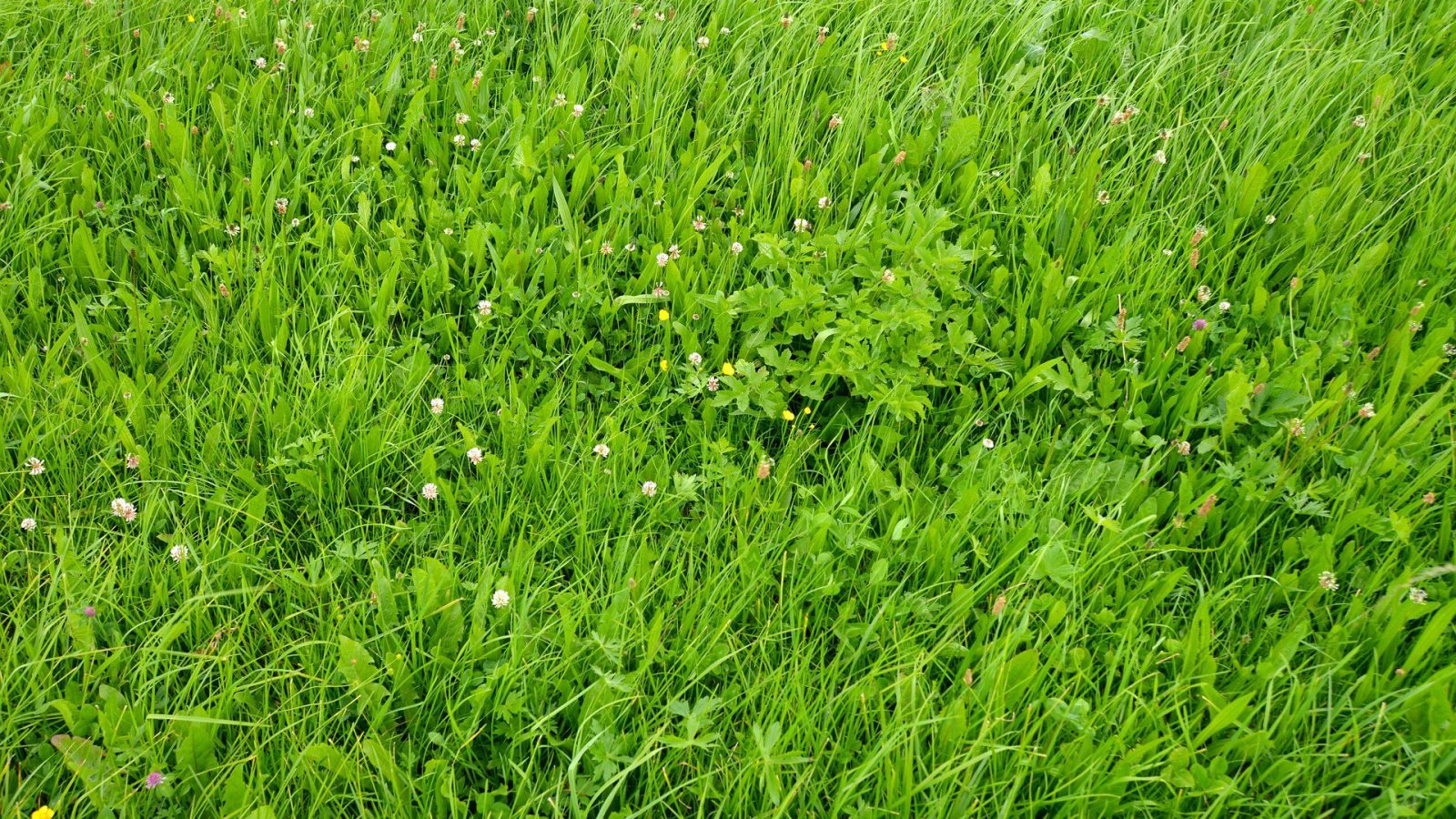Bijeenkomst: EGF2015 Auteur: Kykkänen S., Virkajärvi P., Hyrkäs M., Järvenranta K., Kurki P. and Suomela R. ISBN: 978-9090-289-61-8 Jaar van uitgifte: 2015 Producttype: Paper In Finland, grass yield response to potassium (K) fertilization varies with soil acid-extractable potassium (KHCl) availability, rather than the traditionally used measure of soil acid ammonium acetate-extractable potassium (KAAc). However, in …
Influence of undigested and digested cattle slurry on grassland yield compared to mineral fertilizer
Bijeenkomst: EGF2015 Auteur: Tampere M., Kauer K., Keres I., Parol A., Pitk P., Selge A., Viiralt R. and Raave H. ISBN: 978-9090-289-61-8 Jaar van uitgifte: 2015 Producttype: Paper The of production biogas from cattle slurry is increasing in Estonia, but there is not enough information about the efficiency of using its by-product digestate as grassland …
